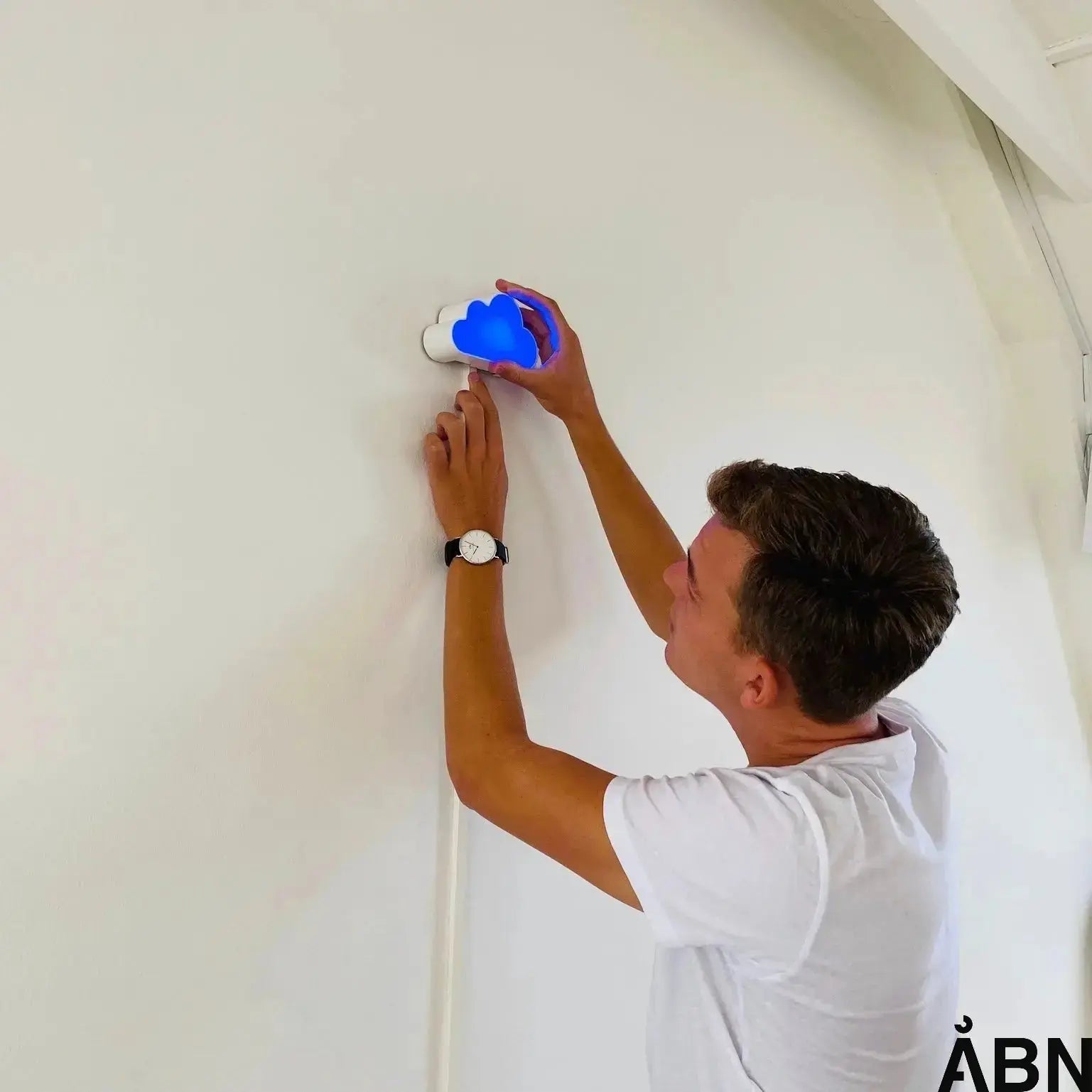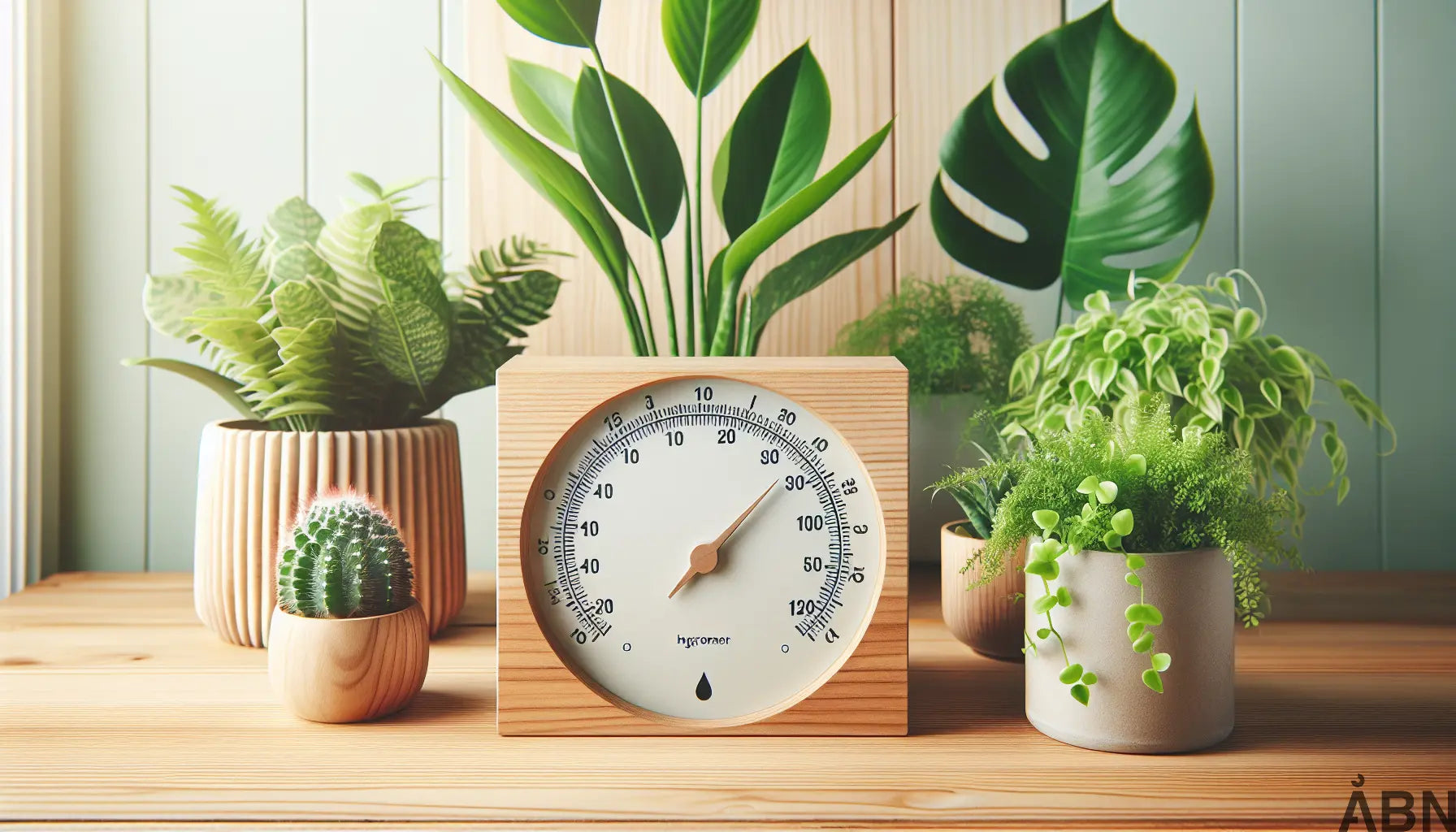How to measure and regulate humidity in a room
The humidity in a room plays a crucial role in our well-being and health. But how is it actually measured, and how can we ensure an optimal indoor climate? In this article, we will delve into how humidity affects us, how it is measured, and what you can do to regulate it.
What is humidity and why is it important?
According to the Danish Meteorological Institute (DMI), humidity is an expression of the amount of water vapor in the air. It is often expressed as a percentage and can have a major impact on our well-being, health and indoor climate. Adequate humidity can help reduce the risk of mold, allergies and respiratory problems, while also creating a comfortable indoor climate.
How is humidity measured?
There are various methods for measuring indoor humidity. A popular tool is a hygrometer, which is a sensor that detects humidity. Hygrometers can be analog or digital and come in different price ranges and qualities.
According to Bolius , it's important to place the hygrometer in a strategic location in the room where it's not exposed to direct sunlight or moisture. That way, you can get an accurate picture of the humidity in the room and act accordingly.
How to regulate humidity
Once you have measured the humidity in a room, you can take steps to regulate it if it is either too high or too low. An ideal humidity level is typically between 30-60%. If the humidity is too high, you can ventilate the room regularly, use dehumidifiers, or ensure good air circulation. If the humidity is too low, you can consider using a humidifier or placing water containers in the room to increase the humidity.
FAQ about humidity:
What happens if the humidity is too high?
If the humidity is too high, it can create a breeding ground for mold and allergens, which can negatively affect our health and indoor climate.
How does humidity affect our sleep quality?
Adequate humidity can contribute to better sleep quality, as dry air can lead to dry mucous membranes and annoying coughing at night.
How can you regulate humidity naturally?
You can regulate humidity naturally by airing out regularly, placing plants in the room, or hanging wet towels up to dry.
Contact ÅBN for more information
Would you like to know more about how you can improve air quality and regulate humidity in your home or workplace? Contact ÅBN for advice, data or solutions. We are ready to help you create a healthier and more sustainable indoor climate.









